Solving discrete optimization problems using quantum algorithms
Quantum computing architectures we work with
Adiabatic quantum computers
Unique software simulator based on quantum-inspired algorithms
SimCIM — simulator of the coherent Ising machine
Classical combinatorial solvers
Developing a trapped ion quantum computer
Type of tasks we solve
The most appropriate class of problems for quantum computers and quantum-inspired algorithms:
• The optimization problem, where the global minimum/maximum of the objective function is sought.
• Tasks that are based on discrete variables.
• The optimization problem, where the global minimum/maximum of the objective function is sought.
• Tasks that are based on discrete variables.
How do we do it?
We develop and already use unique solutions:
We can optimally convert classical algorithms into a language understandable to quantum computers and simultaneously run the process of solving the problem on various computing architectures.
We can optimally convert classical algorithms into a language understandable to quantum computers and simultaneously run the process of solving the problem on various computing architectures.
Typical Project Structure
1. Statement of the problem and validation
• Acceptance of data, target functions.
• Checking the task for compatibility with quantum algorithms
• Checking the task for compatibility with quantum algorithms
2. Algorithms Transformation
Optimization of algorithms for quantum computing.
3. Benchmarking of Algorithms
- Comparison of the effectiveness of algorithms on various computing platforms.
- Providing an analytical report.
4. Integration
If quantum or quantum-inspired algorithms succeed over traditional ones, we will prepare an access interface between your data infrastructure and the computing architecture that won the test through our cloud-based QBoard platform.
5. Technical Support
- Answer questions (response speed and number of cases are regulated by the support plan).
- Provide multiple updates.
Before starting a project
Answer questions
What task is being solved?
• for example: regression or classification
What is an answer vector?
• vector or scalar quantity
• discrete or real
What data is input?
• discrete or real
What is the dimension of the data?
How often do you need to process?
• once a day, once a week ...
What are the memory requirements?
Additional Information
• If possible, provide an explanation of the problems of current solution?
• for example: regression or classification
What is an answer vector?
• vector or scalar quantity
• discrete or real
What data is input?
• discrete or real
What is the dimension of the data?
How often do you need to process?
• once a day, once a week ...
What are the memory requirements?
Additional Information
• If possible, provide an explanation of the problems of current solution?
Provide material
• Answers questions about the task structure.
• Synthetic data set or anonymized data set.
• Current algorithms and solution tools.
• Business case of applicability of the results of the algorithm
• Synthetic data set or anonymized data set.
• Current algorithms and solution tools.
• Business case of applicability of the results of the algorithm



